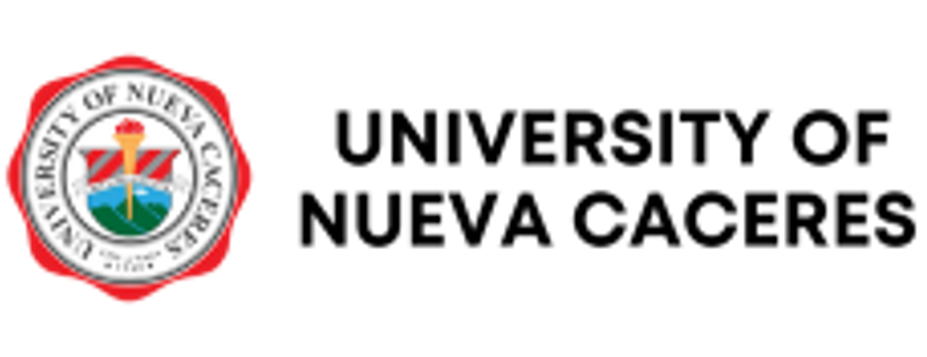Achieving Competence Elements of the Prototype Curriculum through Digital Poster of Fantasy Fairy Tales
A Case Study in Elementary School
Keywords:
Digital poster, Elementary school, Fairy tale, Learning mediaAbstract
In this article, we demonstrated the utilization of digital poster media of a fantasy fairy tale in learning activities for Indonesian students. By observations, we have found that the participants had a low ability to understand the material. This research was conducted to validate the usability of digital poster media in learning activities. We have designed a digital poster containing fantasy fairy tale material to satisfy our objective. The mentioned poster is then used to achieve the elements of phase D of the prototype curriculum. We used the study method of the Hannafin and Peck development model with three phases (needs assessment, designing, and development and implementation). We have conducted evaluation and revision stages in all phases on the corresponding poster. Based on the calculation of the two validation aspects (i.e., subject and media experts), we obtained the value of subject experts as 87.5%; and media experts as 89.58%. The average of the two validators was 88.54 %. Therefore, both validators stated that the mentioned poster is valid. Thus, this poster has the potential to be applied and to improve the competence of the viewer element.
Downloads
References
Ge, Z. G. (2021). Does mismatch between learning media preference and received learning media bring a negative impact on Academic performance? An experiment with e-learners. Interactive Learning Environments, 29(5), 790-806.
Merkel, L., Atug, J., Berger, C., Braunreuther, S., & Reinhart, G. (2018, July). Mass customization and paperless assembly in the learning factory for cyber-physical-production systems: Learning module 'from paperbased to paperless assembly'. In 2018 IEEE 18th International Conference on Advanced Learning Technologies (ICALT) (pp. 270-271). IEEE.
Huang, R., Tlili, A., Chang, T. W., Zhang, X., Nascimbeni, F., & Burgos, D. (2020). Disrupted classes, undisrupted learning during COVID-19 outbreak in China: application of open educational practices and resources. Smart Learning Environments, 7(1), 1-15.
Hew, K. F., Lan, M., Tang, Y., Jia, C., & Lo, C. K. (2019). Where is the "theory" within the field of educational technology research?. British Journal of Educational Technology, 50(3), 956-971.
Puspitarini, Y. D., & Hanif, M. (2019). Using Learning Media to Increase Learning Motivation in Elementary School. Anatolian Journal of Education, 4(2), 53-60.
Ahmad, S. Z. (2019). Digital Posters to Engage EFL Students and Develop Their Reading Comprehension. Journal of Education and Learning, 8(4), 169-184.
Inozemtseva, K., Kirsanova, G., Troufanova, N., & Semenova, Y. (2018). Using Thinglink Digital Posters in Teaching Esp to Business and Economics Students (A Case Study of Bauman Moscow State Technical University). In ICERI2018 Proceedings (pp. 3487-3492). IATED.
Wander, M. G. (2021). A Fairy-Tale Apocalypse: Humanity, Nature, and Disease in Stand Still. Stay Silent. Marvels & Tales, 35(1), 94-108.
Sukmayadi, V., & Yahya, A. (2020). Indonesian education landscape and the 21st century challenges. Journal of Social Studies Education Research, 11(4), 219-234.
Mukminin, A., Habibi, A., Prasojo, L. D., Idi, A., & Hamidah, A. (2019). Curriculum reform in Indonesia: moving from an exclusive to inclusive curriculum. CEPS Journal, 9(2), 53-72.
Mandala, P., Kartiwa, W., & Azahari, A. R. (2019). Persepsi Guru Terhadap Implementasi Kurikulum 2013 di SDN 4 Palangka Pada Tahun Ajaran 2019/2020 (Doctoral dissertation, Universitas Palangka Raya).
Sumarsih, I., Marliyani, T., Hadiyansah, Y., Hernawan, A. H., & Prihantini, P. (2022). Analisis implementasi kurikulum merdeka di sekolah penggerak sekolah dasar. Jurnal Basicedu, 6(5), 8248-8258.
Faiz, A., Parhan, M., & Ananda, R. (2022). Paradigma Baru dalam Kurikulum Prototipe. Edukatif: Jurnal Ilmu Pendidikan, 4(1), 1544-1550.
Harahap, R. (2018). Pengembangan Imajinasi Anak Melalui Dongeng. In Prosiding Seminar Nasional Pendidikan Bahasa dan Sastra Indonesia I Unimed-2018 (Vol. 1, pp. 49-55). FBS Unimed Press.
Habsari, Z. (2017). Dongeng sebagai pembentuk karakter anak. Bibliotika: Jurnal Kajian Perpustakaan Dan Informasi, 1(1), 21-29.
Zulfitria, Z., & Celara, D. (2018). Implementasi Metode Mendongeng Dalam Mengembangkan Potensi Siswa SD. Jurnal Holistika, 2(2), 130-139.
Hadiansyah, Y. (2021). Pengaruh Dongeng terhadap Keterampilan Menulis Narasi Siswa Kelas 5 Sekolah Dasar. Ar-Risalah: Jurnal Pendidikan Dan Keislaman, 8(1), 58-76.
Callow, J. (2020). Visual and verbal intersections in picture books–multimodal assessment for middle years students. Language and Education, 34(2), 115-134.
Tandiana, S. T., Abdullah, F., & Saputra, Y. (2020). Learning multimodality through genre-based multimodal texts analysis: Listening to students' voices. Vision: Journal for Language and Foreign Language Learning, 9(2), 101-113.
Kustritz, A. (2019). Fairy tale, fan fiction, and popular media. In The fairy tale world (pp. 284-297). Routledge.
Brodin, J., & Renblad, K. (2020). Improvement of preschool children's speech and language skills. Early child development and care, 190(14), 2205-2213.
Published
How to Cite
Issue
Section
Copyright (c) 2023 Sujinah, Lusi Afritrianita Agtha Isnandar, Tining Haryanti, Eko Supriyanto

This work is licensed under a Creative Commons Attribution-ShareAlike 4.0 International License.

















